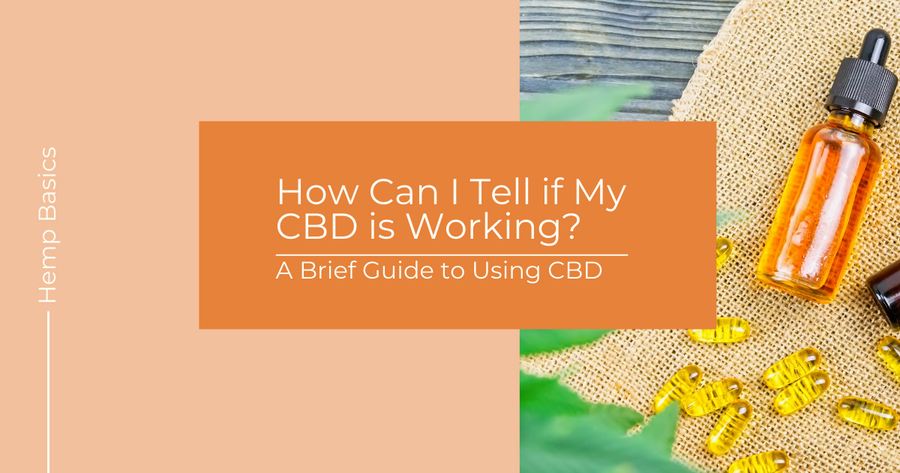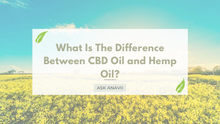The History of Hemp
The history of hemp in the US is not widely known. For as long as most of us can remember, hemp has been associated with its cousin crop, marijuana. However, the history of hemp in the US is closely tied to the founding of the country and was once legally required to be grown.
Globally, the history of hemp dates back to its use in Asian pottery in 8,000 BC and was likely one of the first agricultural crops. Since then, hemp has traveled across continents and civilizations, finally making its way to America in the 1600s.
While the history of hemp in US has gone through ups and downs, recent deregulation and research is helping to unlock the potential of this multipurpose crop that our founding fathers once cultivated.
The Founding of America
The history of hemp in the US began with the settlement of the country. Farmers grew hemp for rope, sails, paper, and other uses. At one point, they were even legally required to grow it.
The founding fathers are probably the last people you’d associate with hemp but many of them were hemp advocates and even grew it themselves:
- George Washington once grew hemp on his Mt. Vernon plantation. In a 1794 letter to William Pearce he wrote, “Let the ground be well prepared, and the seed be sown in April. The Hemp may be sown anywhere.” Centuries later, Mt. Vernon is growing hemp again.
- Thomas Jefferson was also aware of the unique value of the hemp plant. In fact, it is said that he desired to grow the plant so badly that he smuggled the seeds from China to America. It was also Jefferson that received the United States first patent for a hemp threshing machine, which is a device designed to clean hemp by separating the seeds and the stalks.
- James Madison was a fan of growing hemp. In a letter from him to Jefferson, he mentioned a drop in the price of hemp and where to find it.
Because the history of hemp dates back to Revolutionary times, it is rumored that the Declaration of Independence was written on hemp paper. While that is false, early drafts of the document may have been on hemp paper.
From the settlement of the country to our founding fathers, America’s historic perspective on hemp was favorable. Somehow this strong, positive history of hemp got lost over the years. What happened?
The Marijuana Tax Act
By the early twentieth century, hemp was a widely accepted cash crop. In 1916, a USDA report revealed that one acre of hemp can produce as much paper as four acres of trees annually.
However, as time progressed the stance on the wonder crop began to change. The US government began their fight against drugs, and hemp suffered for its association with marijuana.
In 1937, they introduced the Marijuana Tax Act, which took a big hit at the thriving hemp industry. All sales of hemp were heavily taxed, leaving many farmers to abandon the crop altogether.
Hemp's Role in WWII
Desperate times calls for desperate measures, or so the saying goes. Five years later, in 1942 the United States reversed its stance on hemp, upon realizing it was necessary to support the war effort.
During this time, the Department of Agriculture began to promote hemp cultivation and released publications highlighting the various benefits that the plant offered. There was even a hemp documentary released by the US government named Hemp for Victory. From 1942 to 1945 an estimated 400,000 acres of hemp were planted to support the war.
However, that massive resurgence was short-lived, as the stance on hemp reverted soon after. This sent the industry into a downward spiral, while making way for synthetic alternatives like plastic and nylon.
The Controlled Substances Act
By 1957, the last industrial hemp farm was planted in Wisconsin. Because of the harsh taxes, it was not profitable for farmers to cultivate the crop.
Eventually hemp farming was totally banned in 1970 with the introduction of the Controlled Substances Act. Due to this legislation, hemp was classified as a schedule 1 drug alongside marijuana, heroin, and LSD.
This caused outrage among hemp supporters. Actor Woody Harrelson was even arrested after symbolically planting four hemp seeds in Kentucky. You can watch footage of this moment that our co-founder Annie Rouse’s father captured.
This illegal labeling of the plant was unfortunately maintained for nearly three decades and cost America valuable knowledge and skills about farming, producing, and researching hemp and its benefits.
A Turning Point
Import Regulations
In 1998, there was some positive readjustment to meet the growing demands for hemp products. The US government removed restrictions on the importing of food-grade hemp seed and oil. One of the significant milestones in the history of hemp was the 2004 federal court ruling between the Hemp Industries Association (HIA) and the DEA.
The US Circuit Court decided in favor of the HIA, leading to the authorization of domestic imports and sales of hemp food and body care products. Although it signaled a change of the tide, it did not help US farmers, as it was still illegal to grow the crop at home.
Farming Regulations
In 2007, hemp permits were issued to two North Dakota farmers – the first to be granted in more than 50 years. The permits authorized them to participate in industrial hemp farming within their state.
Kentucky, Vermont and Colorado were the first states to begin to grow hemp in several decades. The 2014 Farm Bill made this possible under Section 7606, Legitimacy of Industrial Hemp Research. With this bill, state departments and research institutions could facilitate pilot research programs for hemp cultivation.
As more states began to implement pilot programs, the market for hemp grew to a whopping $688 million in 2016. By 2017, 25,000 acres of hemp was grown by nearly 1,500 farmers in 19 states. There were also 32 universities conducting hemp research.
As time progressed, more states began implementing pilot programs and moving towards the cultivation of the crop.
Federal Regulation
The 2018 Farm Bill was a monumental shift in the history of hemp. This officially changed the legal status of hemp and hemp-derived products, such as CBD oil. No longer was hemp classified as a schedule I substance like marijuana.
As long as the plant meets the requirement of 0.3% or less THC content, it is considered federally legal. This also removed restrictions on the sale, transport, and possession of hemp and hemp-derived products.
Moving Forward
America is in a much better place than it was decades ago. But we still have a long way to go in making up for lost time. The historic excitement around hemp when the US was first settled is helping to fuel a new interest in farming the plant, producing new products, and researching potential health benefits.
Today, hemp-based items ranging from cooking oil to beauty products are popping up all over. We’re even making strides in health with products like hemp-derived CBD oil and sustainability with innovations like hempcrete, hemp plastics, hemp clothing – the list goes on.
And we haven’t even scratched the surface of hemp’s potential to enhance the well being of consumers and our environment. The illustrious history of hemp is filled with ups and downs but we’re finally in a positive place politically, legally, and socially to harness the full power of hemp.
Learn more about the future of hemp and innovations happening throughout the industry.
Looking For CBD Products? Contact Anavii Market Today!
We hope that this look into the past gives you more insight into the history of hemp and the potential that the future holds. If you’re interested in learning more or have any other questions feel free to call us at 502-209-8808 or contact us. Our promise is personal.
The products sold on this site and these statements herein have not been evaluated by the FDA. This product is not intended to diagnose, treat, cure, or prevent any disease.









